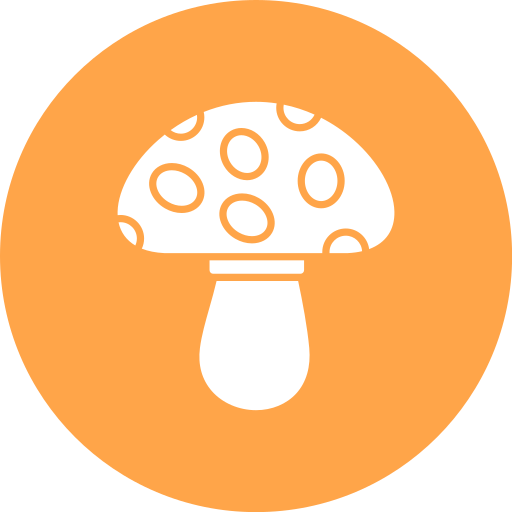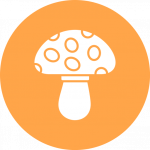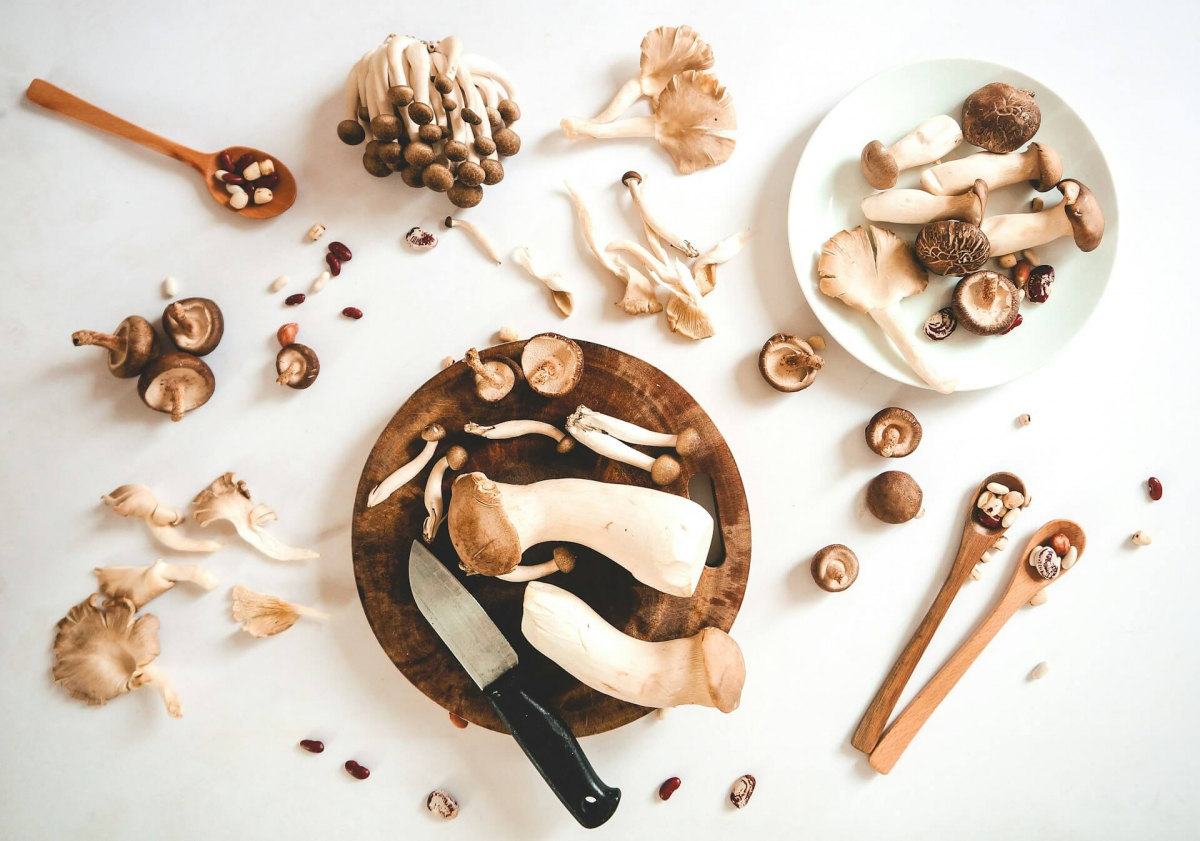In this article
Defining Functional and Medicinal Mushrooms
Historical Use and Cultural Significance
In the quiet depths of forests, beneath the canopy of ancient trees, a hidden world thrives—one where mushrooms reign supreme.
For millennia, humans have forged a deep connection with these enigmatic fungi, harnessing their medicinal and culinary prowess.
Today, as science unravels the mysteries of these remarkable organisms, a resurgence of interest in functional and medicinal mushrooms is sweeping the globe.
Defining Functional and Medicinal Mushrooms
Before delving into the myriad benefits of mushrooms, let us first clarify what distinguishes functional and medicinal mushrooms from their culinary counterparts.
While all mushrooms offer unique nutritional profiles and flavors, functional and medicinal mushrooms possess additional bioactive compounds that confer therapeutic properties.
These compounds, such as polysaccharides, triterpenes, and antioxidants, interact with the human body in profound ways, promoting health and combating disease.[1]
Functional mushrooms are those prized for their ability to support overall well-being and enhance physiological functions. From boosting immunity to improving cognitive function, these fungi serve as natural allies in the quest for optimal health.
In contrast, medicinal mushrooms are specifically revered for their potent therapeutic effects, often used in traditional medicine systems to treat a wide range of ailments, from chronic diseases to acute infections.[2]
By understanding the distinction between functional and medicinal mushrooms, we can better appreciate the diverse roles they play in promoting health and vitality.
Historical Use and Cultural Significance
The use of mushrooms for medicinal and culinary purposes traces back thousands of years, spanning diverse cultures and civilizations around the globe.
In ancient China, mushrooms were revered as symbols of longevity and immortality, with species like Reishi (Ganoderma lucidum) earning a place of honor in the emperor's court.[3]
Similarly, indigenous cultures in the Americas revered mushrooms for their spiritual and healing properties, incorporating species like Turkey Tail (Trametes versicolor) into sacred rituals and ceremonies.[4]
Throughout history, mushrooms have been treasured not only for their medicinal benefits but also for their culinary delights.
From savory soups to umami-rich stir-fries, mushrooms have graced the tables of kings and peasants alike, providing nourishment and sustenance to all who partake.
Today, this rich culinary heritage lives on, with chefs and home cooks alike embracing the diverse flavors and textures of mushrooms in their gastronomic creations.
Overview of Their Nutritional and Therapeutic Properties
Beyond their culinary appeal, mushrooms boast an impressive array of nutritional and therapeutic properties.
Low in calories yet rich in essential nutrients like protein, fiber, vitamins, and minerals, mushrooms make a valuable addition to any diet.[5]
Moreover, their unique composition of bioactive compounds imbues them with a host of health-promoting benefits.
Polysaccharides, such as beta-glucans, are among the most studied bioactive compounds in mushrooms, known for their immune-modulating effects and anti-inflammatory properties.[6]
Triterpenes, another class of compounds found in mushrooms, exhibit antioxidant, antimicrobial, and anticancer activities, offering protection against oxidative stress and supporting overall health.[7]
Additionally, mushrooms are rich sources of ergothioneine, a unique antioxidant that plays a key role in cellular protection and longevity.[8] This remarkable compound has been linked to a reduced risk of chronic diseases, including cardiovascular disease, neurodegenerative disorders, and cancer.
Summary
As we conclude our introductory journey into the world of functional and medicinal mushrooms, we stand in awe of the myriad wonders these fungi hold. From ancient healing traditions to modern scientific research, mushrooms continue to captivate our imaginations and inspire our quest for health and vitality.
In the pages that follow, we will delve deeper into the specific health benefits of individual mushroom species, exploring their therapeutic properties and clinical applications. Join us as we unravel the secrets of these extraordinary organisms and unlock their potential to transform lives.
Key Takeaways:
- Functional vs. Medicinal Mushrooms: Functional mushrooms support overall well-being and enhance physiological functions, while medicinal mushrooms are revered for their potent therapeutic effects, often used to treat various ailments.
- Historical and Cultural Significance: Mushrooms have been used for millennia across different cultures for both culinary and medicinal purposes. They have been symbols of longevity, immortality, and used in sacred rituals.
- Nutritional and Therapeutic Properties: Mushrooms are low in calories but rich in essential nutrients like protein, fiber, vitamins, and minerals. They contain bioactive compounds such as polysaccharides and triterpenes, which have immune-modulating, anti-inflammatory, antioxidant, antimicrobial, and anticancer properties. Ergothioneine, a unique antioxidant found in mushrooms, is linked to reduced risk of chronic diseases.
Wasser SP. (2011). Current findings, future trends, and unsolved problems in studies of medicinal mushrooms. Applied Microbiology and Biotechnology, 89(5), 1323-1332.
Chang ST, Wasser SP. (2012). The role of culinary-medicinal mushrooms on human welfare with a pyramid model for human health. International Journal of Medicinal Mushrooms, 14(2), 95-134.
Li JW, et al. (2019). History of medicinal mushrooms in China. Current Medicinal Chemistry, 26(2), 283-299.
Wasser SP. (2017). Medicinal mushroom science: history, current status, future trends, and unsolved problems. International Journal of Medicinal Mushrooms, 19(5), 331-346.
Mattila P, et al. (2001). Contents of vitamins, mineral elements, and some phenolic compounds in cultivated mushrooms. Journal of Agricultural and Food Chemistry, 49(5), 2343-2348.
Wasser SP. (2002). Medicinal mushrooms as a source of antitumor and immunomodulating polysaccharides. Applied Microbiology and Biotechnology, 60(3), 258-274.
Chen S, et al. (2016). Review of pharmacological effects of Antrodia camphorata and its bioactive compounds. Evidence-Based Complementary and Alternative Medicine, 2016, 1-12.
Ey J, et al. (2007). Identification of uric acid and glutathione as major antioxidants in the gastric fluid of the rat. Free Radical Research, 41(4), 355-362.



